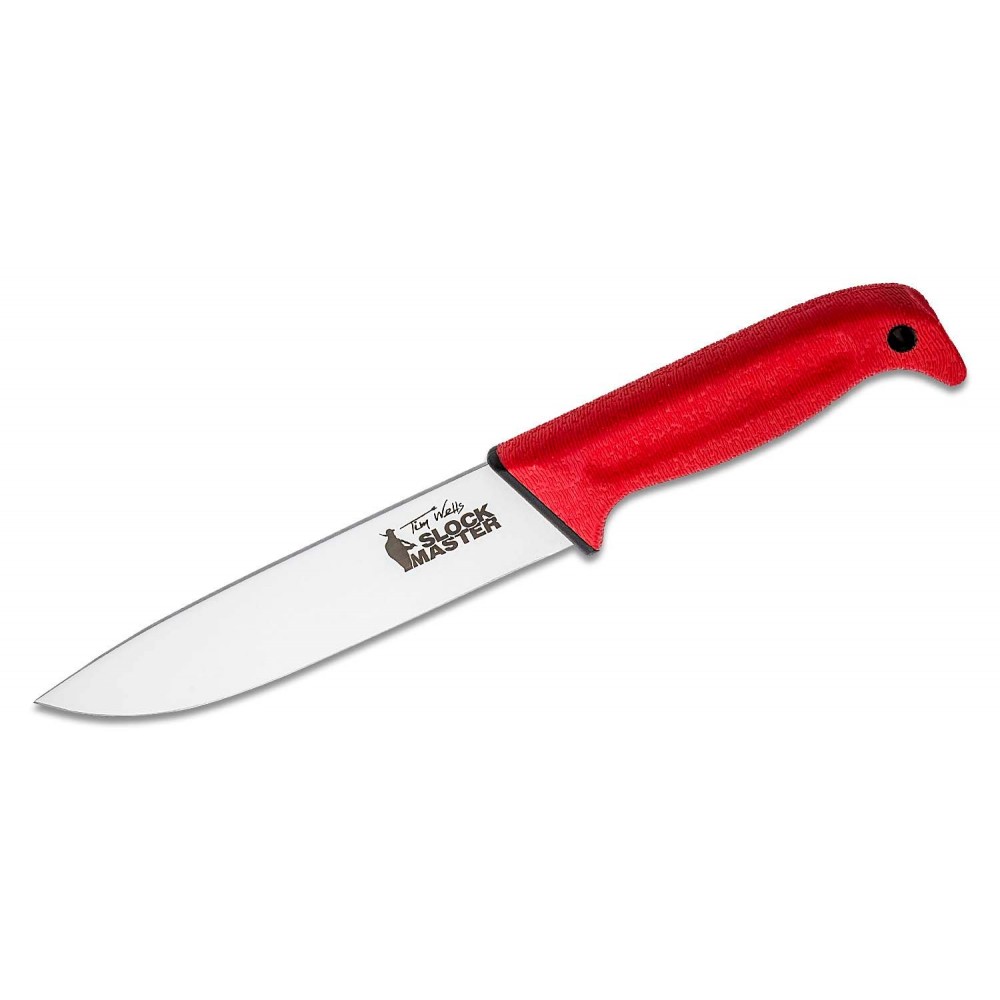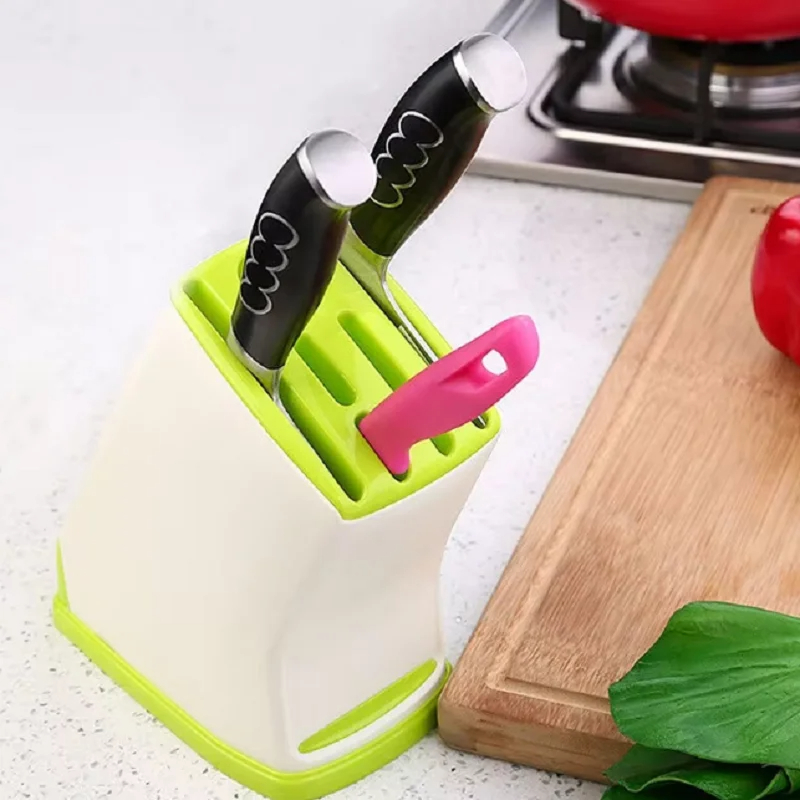 Introduction:
Introduction:
Kitchen cabinets play a significant role in the overall aesthetics and functionality of a kitchen. If your cabinets appear dated or have suffered wear and tear, refacing them can be a cost-effective solution to achieve a fresh and updated look. However, the cost of cabinet refacing can vary based on several factors. In this comprehensive guide, we will explore the expenses associated with refacing kitchen cabinets. By understanding the components that influence the cost, you can make informed decisions and plan your budget accordingly.
Introduction to Cabinet Refacing
Cabinet refacing involves replacing the cabinet doors, drawer fronts, and hardware, while retaining the existing cabinet framework.
A. Cost-Effective Alternative: Refacing cabinets is generally more affordable than a full cabinet replacement, offering a budget-friendly option for updating your kitchen.
B. Renewed Appearance: By selecting new door styles, materials, and finishes, you can achieve a fresh and updated look for your cabinets.
 Factors Influencing Refacing Costs
Factors Influencing Refacing Costs
Several factors can influence the cost of refacing kitchen cabinets.
A. Cabinet Size and Layout: The size and layout of your kitchen cabinets affect the amount of materials required for refacing.
B. Door Style and Material: The choice of door style and material significantly impacts the overall cost. Custom designs or premium materials may increase the expense.
C. Hardware and Accessories: The type and quality of hardware, such as hinges, handles, and drawer pulls, also contribute to the overall cost.
D. Additional Enhancements: Optional enhancements, such as soft-close hinges, pull-out shelves, or decorative trim, can further increase the cost of refacing.
Estimating Refacing Expenses
To get a general idea of the cost, consider the average expenses associated with cabinet refacing.
A. Material Costs: Material expenses typically include the cost of new doors, drawer fronts, veneer or laminate, and hardware.
B. Labor Costs: Professional installation is a significant factor in the overall cost, which may vary depending on the complexity and size of the project.
C. Additional Services: If ancillary services, such as removing and disposing the old cabinet doors or repairing damaged surfaces, are needed, they will contribute to the total cost.
Cost Comparison: Refacing versus Replacement
Understanding the cost comparison between refacing and full cabinet replacement can guide your decision-making process.
A. Refacing Cost Benefits: Refacing cabinets often costs significantly less than completely replacing them, making it a more economical choice.
B. Full Replacement Considerations: While refacing is more cost-effective, full cabinet replacement may be necessary when significant structural or layout changes are desired.
 Obtaining Multiple Quotes
Obtaining Multiple Quotes
To accurately determine the cost of refacing your kitchen cabinets, it is advisable to request multiple quotes from professionals or contractors.
A. Detailed Cost Breakdown: Request a detailed breakdown of the expenses, including materials, labor, and additional services.
B. Clarify Inclusions and Exclusions: Ensure that the quotes include all the necessary components and clarify any exclusions or potential hidden costs.
Considering DIY Refacing
DIY refacing is a more affordable option but requires careful consideration and appropriate skills.
A. Assessing Personal Abilities: Evaluate your skills and experience in carpentry and woodworking to determine if DIY refacing is feasible.
B. Risks and Challenges: DIY refacing may involve potential risks, such as improper installation or damage to cabinets, which can increase costs in the long run.
 Common types of kitchen cabinets:
Common types of kitchen cabinets:
When it comes to kitchen cabinets, there are various types and placement options available. Here are some common types of kitchen cabinets and their placement locations:
Base Cabinets:
Base cabinets are the standard cabinets that are placed on the floor level. They serve as the foundation of the kitchen and typically provide storage for pots, pans, and other larger items. Base cabinets are often installed underneath countertops and can have drawers, shelves, or a combination of both.
Wall Cabinets:
Wall cabinets are mounted on the wall above the countertops. They provide additional storage space for dishes, glasses, and other smaller kitchen items. Wall cabinets are usually installed at a height that is accessible for the user and can either be open shelves or have doors for concealed storage.
Tall Cabinets:
Tall cabinets, also known as pantry cabinets or utility cabinets, are taller and narrower cabinets that offer vertical storage space. They are ideal for storing food items, cleaning supplies, or even brooms and mops. Tall cabinets can be placed alongside or separate from the base and wall cabinets, depending on the available space and design/layout preference.
Corner Cabinets:
Corner cabinets are designed to utilize the space in kitchen corners that is often difficult to access. They are available in various configurations such as lazy Susan, swing-out shelves, or pull-out drawers. Corner cabinets maximize storage and allow for convenient access to items stored in the corners.
Island Cabinets:
Island cabinets are freestanding cabinets that are placed in the middle of the kitchen and serve as a multipurpose workspace and storage area. They can provide additional counter space, drawers, or cabinets for storing kitchen essentials.
Glass Front Cabinets:
Glass front cabinets have doors with glass panels, providing a visually appealing option for displaying dishes, glassware, or decorative items. They are commonly used in areas such as above the sink or as a focal point in the kitchen design.
The placement of these cabinets depends on factors such as kitchen layout, available space, and personal preference. Base cabinets are typically located against the walls below countertops, wall cabinets are mounted on the walls above countertops, tall cabinets can be placed next to base or wall cabinets, corner cabinets are placed in kitchen corners, island cabinets are positioned in the center of the kitchen, and glass front cabinets are often placed strategically for display purposes. The specific placement can vary based on the individual kitchen design and layout.
 Conclusion
Conclusion
Cabinet refacing offers a cost-effective solution for updating kitchen cabinets and achieving a refreshed look. When considering the cost of refacing, take into account factors such as cabinet size, door style, materials, hardware, and additional enhancements. Obtain multiple quotes from professionals to understand the breakdown of costs and clarify any potential exclusions. Comparing the costs of refacing versus full cabinet replacement can guide your decision-making process. Whether you choose professional installation or opt for a DIY approach, understanding the expenses associated with refacing kitchen cabinets enables you to plan your budget effectively and achieve the desired transformation for your kitchen.


